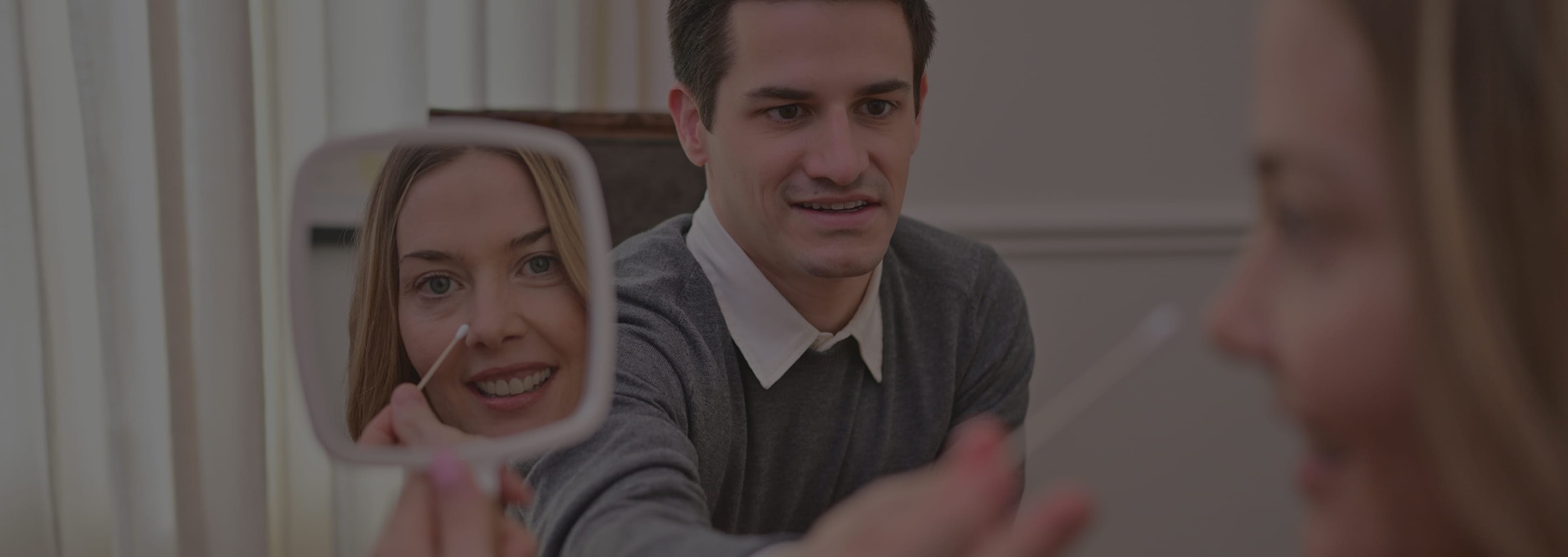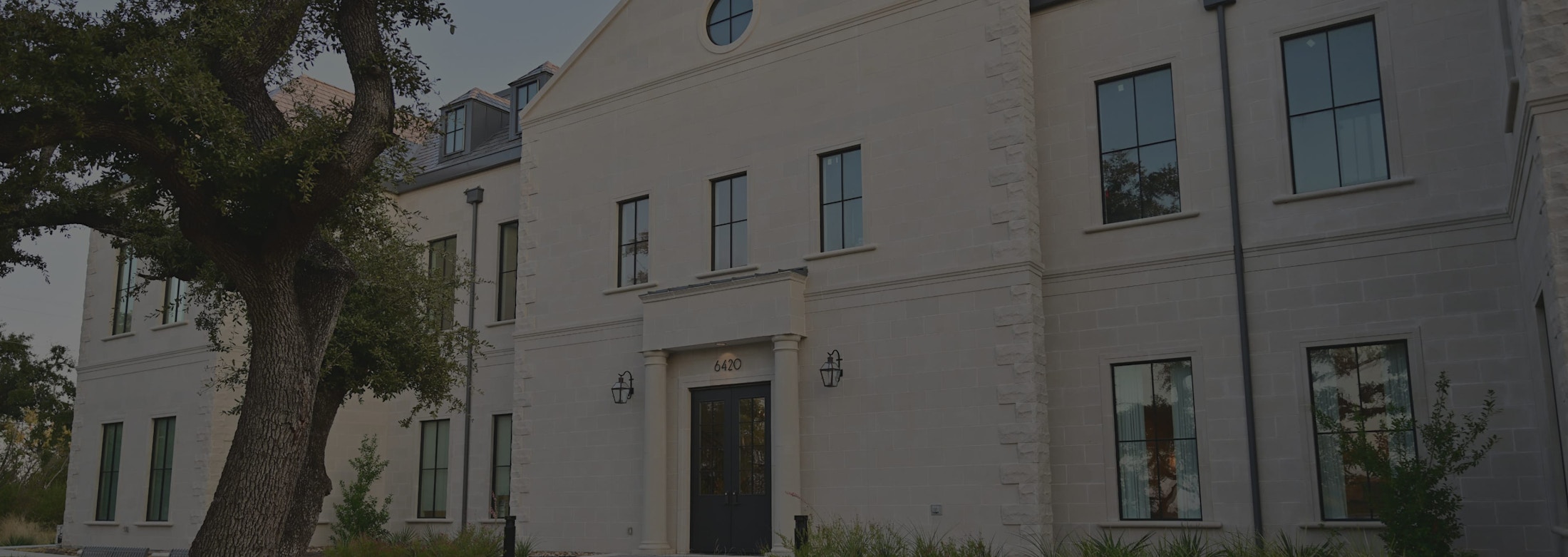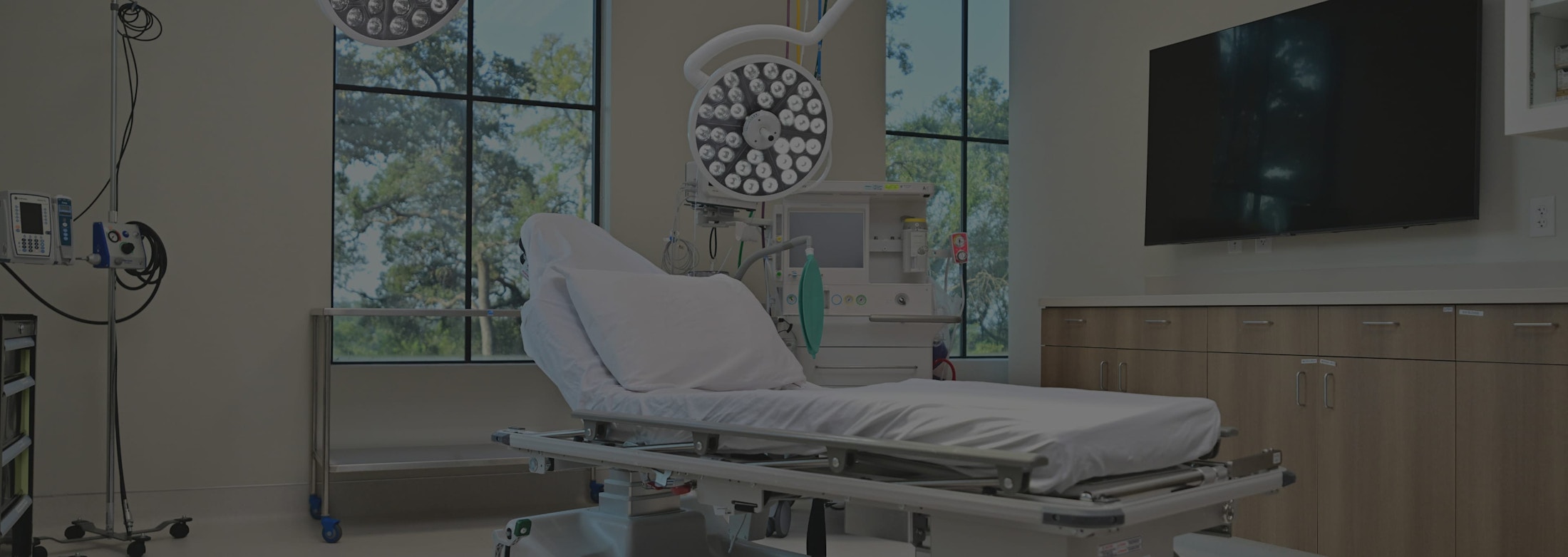Rhinoplasty Procedure Near Me
This is one of the many common phrases patients interested in rhinoplasty may use when looking for a surgeon. Unfortunately, the nearest surgeon may not be the best person for the job. Rhinoplasty is a highly specialized surgery, and patients should be cautioned to seek a surgeon who specializes in nose surgery. These specialists are board-certified by either the American Board of Facial Plastic and Reconstructive Surgery or the American Board of Plastic Surgery. Regardless of board certification, seek someone who performs the procedure regularly. If the surgeon performing the aesthetic portion of the surgery needs a different surgeon to perform the septoplasty or breathing portion of the procedure, this is not a good sign. The internal aspect of the nose is intimately related to the outside appearance, and the surgeon needs to be very comfortable dealing with both the function and form of the nose.





















